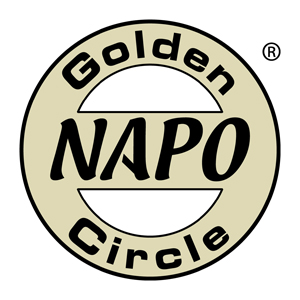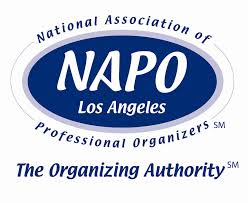The Mass-Media Madhouse
(Press-Central For Handy Soundbites, Useful Info,
And A Good Wet-Your-Pants Laugh)
Home / The Mass-Media Madhouse
(Press-Central For Handy Soundbites, Useful Info,
And A Good Wet-Your-Pants Laugh) / Smead Organomics / As Published In Smead Organomics --
Organizing And Managing Any Project
As Published In Smead Organomics —
Organizing And Managing Any Project

Project management is a lot like taking a journey. You start with a basic idea of where you want to go, but you’re unsure how to get there — so you have to plot out your route step-by-step. And as with any trip, a successful end result is all about investing a little time getting organized up front.
Map — Set Up Your Project Management Plan
You’d never head out the door on vacation without directions (or at the very least, a G.P.S. in hand). So the first step in your project management plan is putting together a detailed roadmap — outlining exactly where you’re going and how you intend to get there. Not quite sure how to go about doing this? Take a minute to examine each aspect of your project, asking yourself a few simple questions at each step:
- What are my goals? What end result am I trying to accomplish?
- What is my deadline? For the whole project, but also each step along the way?
- Who will I need to include in this project?
- What supplies/resources will I need to get this done?
Organize — Keep Your Project Paperwork In Order
Successful journeys are (at least to some degree) about organizing your travel paperwork — a project is no different. Just as with your hotel reservations, plane tickets, and tourist brochures — you need a system for storing project files in one location, so you never waste time searching for information. And like travel paperwork, project files are temporary — they’ll only be used until the job is done. So assign these materials a separate drawer or hanging file box, outside of your regular filing system. Of course, the best project organizing system is portable (so you can take it all with you wherever you go).
Implement — Put Your Project Management Plan Into Action
They say that the journey of a thousand miles begins with a single step. And the same is true of your project — you have to start somewhere. This is where most folks get stuck (unsure which way to go). Fortunately, you’ve got lots of options! Maybe you draw up a list of tasks. Perhaps you work out a schedule. Or you might have a brainstorming meeting with your team. Don’t spend too much time worrying about exactly which step to take — any move forward is a good one. You may feel stuck at the beginning of your project, but just getting going often provides the momentum you need to keep moving in the right direction.
Recognize — Pay Attention To Progress With Your Plan
Most long journeys actually involve a series of smaller trips — stopping to see this site or visit that town or eat at such-and-such restaurant along the way. This is also how project management works. Every project (no matter how large) is just a series of smaller tasks — your job is to figure out what those actions look like. Each one of these steps constitutes a “milestone,” which gets you a little closer to your end goal. And while you never want to lose sight of your final destination, said project will be a lot less overwhelming if you focus on each next milestone in turn. (Bite-sized is always easier to swallow!) Once you accomplish one task, move to the next — in no time, you’ll find that you have systematically worked your way to your goal.
Complete — Make Sure You’re Meeting Your Plan Deadlines
On any journey, you have some idea of how long you want to spend in each location and when you’ll need to arrive at your next destination. The same is true when executing your project management plan — but instead of scheduling from the departure date forward, you’ll work from the arrival (deadline) date backward. Ask yourself when each previous step must be completed for the next step to happen on time — as well as how long each step will realistically take to complete. Plug these dates into your calendar, and you’ve created a “schedule” — one that allows you to see progress along the way and prevents a lot of last-minute rushing (which keeps your stress levels down).
Click here for reuse options!Copyright 2001 RamonaCreel.com
 PS: Wanna instantly rack up some serious virtual cred? I've made it easy for you to share this content with your social networking friends, e-mail it to your peeps, or republish it in your own blog (thereby showing off how smart you are) with these links.
PS: Wanna instantly rack up some serious virtual cred? I've made it easy for you to share this content with your social networking friends, e-mail it to your peeps, or republish it in your own blog (thereby showing off how smart you are) with these links.
(iCopyright widget here)
"I Have More To Say About This... No Surprise!"
If you would like to reprint this page, please contact me





